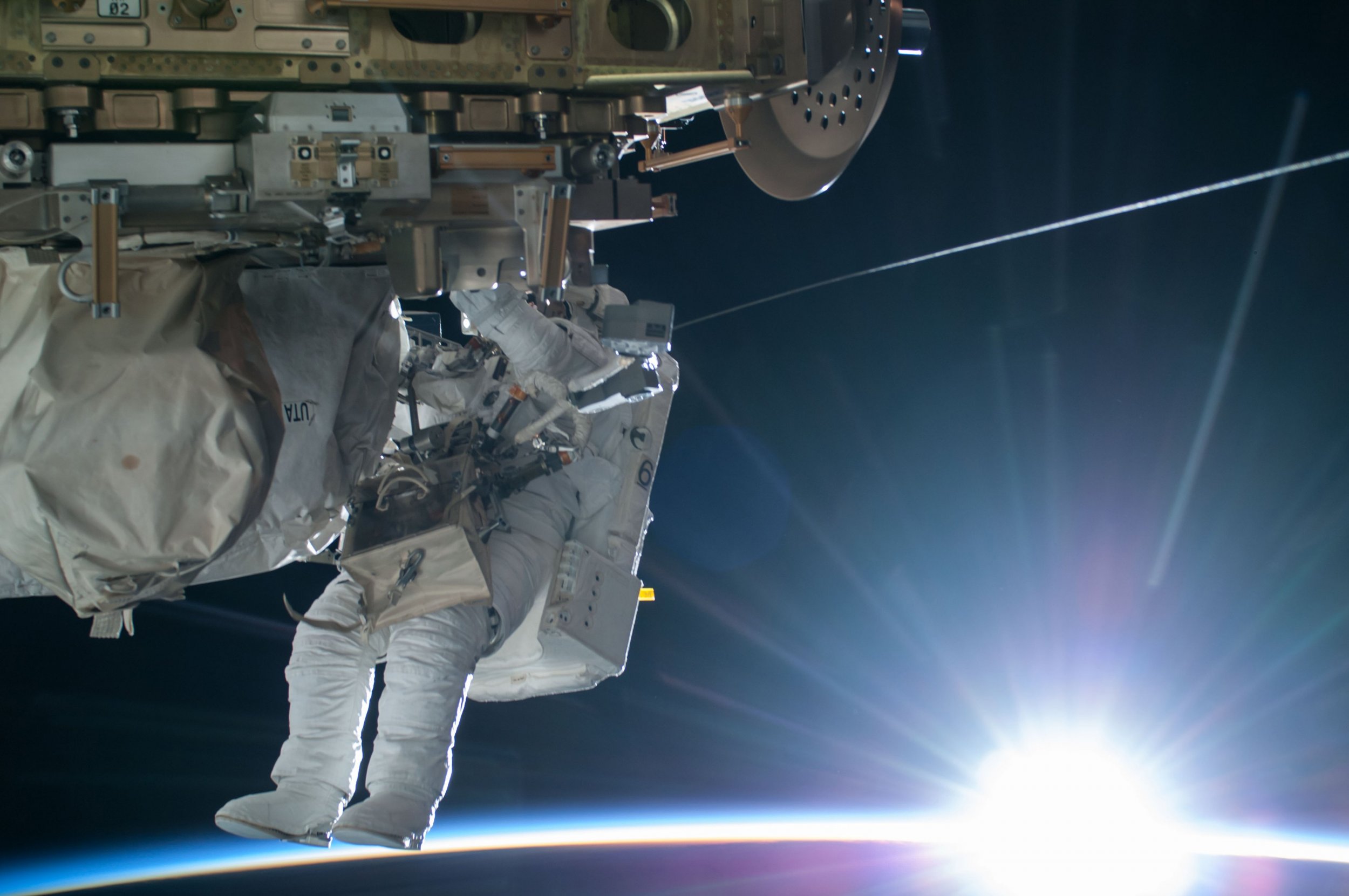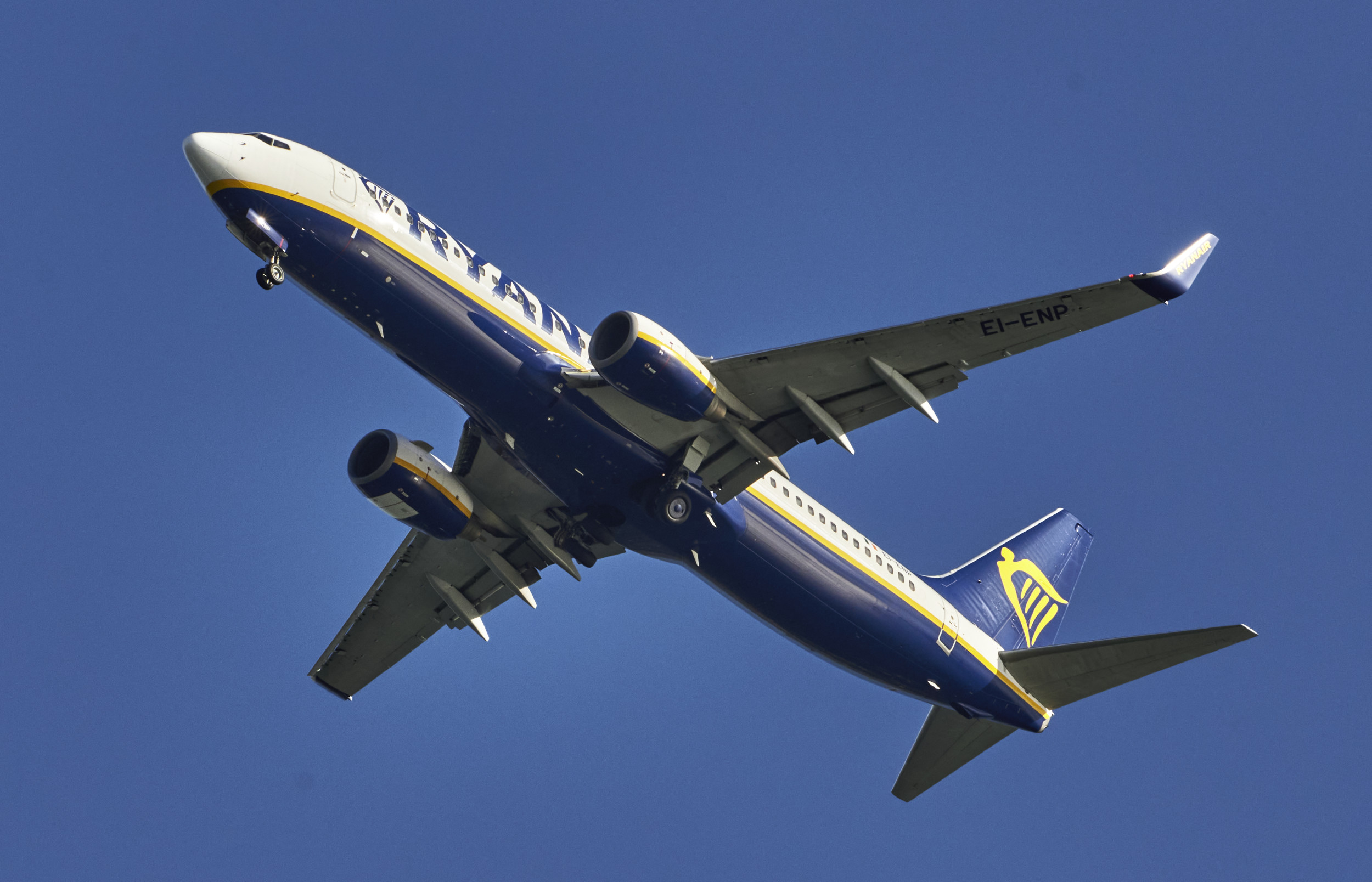
Quora Questions are part of a partnership between Newsweek and Quora, through which we'll be posting relevant and interesting answers from Quora contributors throughout the week. Read more about the partnership here.
Answer from Robert Frost, instructor/engineer in the Flight Operations Directorate.
Any one of three conditions will trigger the crew to begin the Ammonia Release Response:
- C&W (Caution and Warning) panel annunciation (the computer decides there is an ammonia release)
- The crew smells ammonia
- MCC-H (Houston) tells the crew to initiate the Ammonia Release Response.
The crew are to don oxygen breathing masks, activate the C&W panel Toxic Atmosphere alarm (if it has not already initiated) and then immediately egress the U.S. segment.
Once they've crossed from the U.S. to the Russian segment, they are to perform a headcount to ensure everyone is out of the U.S. segment. They then are to close the Node 1 Aft IMV (ventilation valves) and close the Node 1 Aft hatch.
Any crew members who were in the U.S. segment at the time of the ammonia release are to doff their clothes and leave them in the PMA (Pressurized Mating Adapter). They then close the hatch between the PMA and the Russian FGB module. At this point, the U.S. segment is completely sealed off from the Russian segment. The clothes are left on the other side of the hatch because those clothes may have absorbed some ammonia.
The crew then retrieves Ammonia Measurement Kits and emergency masks. These are special masks that filter ammonia. As the crew breathes in, the air they breathe is filtered and the ammonia is trapped in a cartridge. It is not released when they breathe out. So, by wearing the mask, they are slowly cleaning the air immediately around them. They will use the Ammonia Measurement Kit to determine how much ammonia made it into the Russian segment. While one crew is performing these tests, the other crew will go and cut off ventilation from ISS to the Soyuz capsules. At least one crew member from each crew will go to their Soyuz and shut the hatch and begin ingress and activation. They will also take measurements of the ammonia level in the Soyuz.
They continue taking measurements every 30 minutes until enough data is available for the ground to determine whether the ammonia levels in the Soyuz will reach the level at which the crew can take off their masks. If it won't, the crew are directed to do an Emergency Soyuz undocking. If the levels are below the threshold, they will use Draeger Tubes to confirm the readings of the other sensor. Once the levels are low enough, they are allowed to doff the masks for eating/drinking or to reduce discomfort. Once the levels are less than 30 parts per million, the crew are able to treat the Russian segment as nominal and go about regular business.
Meanwhile, the ground will be busy analyzing data from the U.S. segment to determine what the course of action should be. In order to stop additional ammonia from entering the vehicle, they isolate and shut down the equipment that is used to transfer heat from the internal water coolant lines to the external ammonia coolant lines. That means the heat from that particular channel, in the U.S. segment, cannot be rejected to space. There will be power downs of equipment that is not absolutely required, in order to reduce the heat load. It might even be required to vent the external ammonia to stop it entering the ISS. If that happens, cooling cannot be restored until that ammonia is replaced. Depending on the cause of the leak, EVAs (spacewalks) might have to be done to repair or replace damaged equipment. The ground will also be determining the feasibility of scrubbing the ammonia from the atmosphere of the U.S. segment.
Russian analysts will concurrently be determining how long the Russian segment can support the additional loading of three extra crew members. If the U.S. segment can't be re-entered before that time runs out, one of the crews might need to return to Earth.
"What happens when there's an ammonia leak on the ISS?" originally appeared on Quora: The best answer to any question. Ask a question, get a great answer. Learn from experts and access insider knowledge. You can follow Quora on Twitter, Facebook, and Google+.
Uncommon Knowledge
Newsweek is committed to challenging conventional wisdom and finding connections in the search for common ground.
Newsweek is committed to challenging conventional wisdom and finding connections in the search for common ground.
About the writer
To read how Newsweek uses AI as a newsroom tool, Click here.








